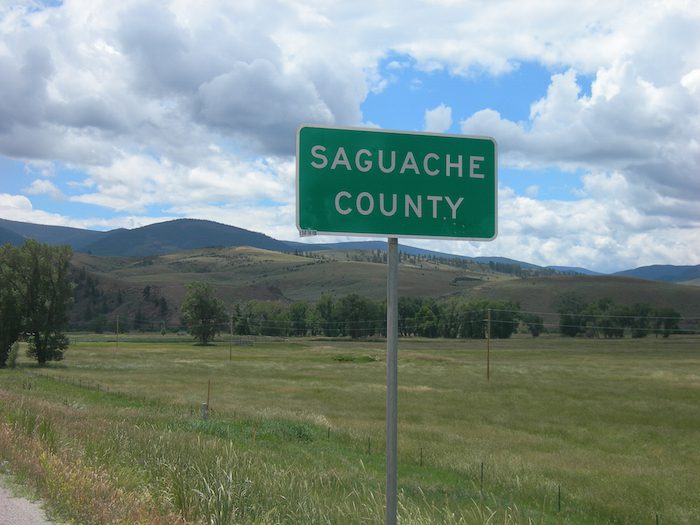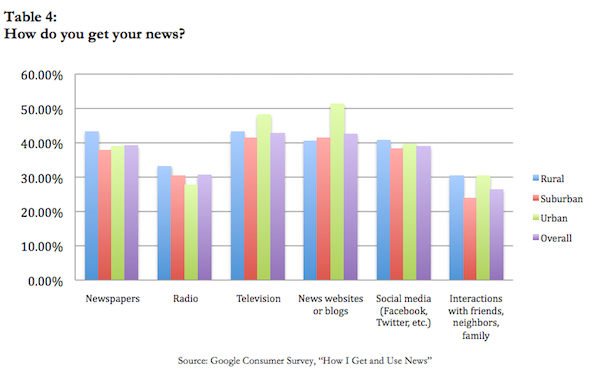
“We might say there’s gossip, and murmurs and some false information, but basically, you keep your circle large enough, you will find accurate, factual, good information.”
That’s what a resident of Saguache, Colorado — a town with fewer than 500 residents and no local news outlet — told the Solutions Journalism Network in a focus group last fall. This person wasn’t alone in relying on friends and acquaintances for local news: More than any traditional news outlet, including newspapers, people in very small rural communities “cited word-of-mouth as their primary source of local news.”“There’s things that happen throughout the whole week that I would love to know about, but I hear about it at the brewery and I get a partial story — and then a tangent and a partial story,” a resident of Philipsburg, Montana, said. “So I think it’s important that there is an access to information some way.”
Studies of how people get local news often focus on urban areas, especially those in the Northeast. This new report from SJN looks at the particular challenges faced by rural communities in the intermountain West. SJN’s research, conducted for the LOR Foundation, looked at news environments in the border area between northern New Mexico and southern Colorado, as well as in western Montana.
The report identifies a few broad problems: Only 20 percent of the 1,540 people surveyed “think their local news is consistently relevant and valuable.” Many also found the news coverage to be too negative, focused on crime and corruption, and they wanted to see more stories about the local economy. There was also “virtually no formal Spanish-language media.”
SJN conducted Google surveys, in-person focus groups, one-on-one interviews with members of local government, and meetings with local newsroom leaders last fall. It also analyzed content from 26 news organizations.One of SJN’s findings was that “people living in rural places rely more on newspapers for news and information than those who live in urban or suburban environments.” Rural residents were also less likely to get their news from websites or blogs than residents of urban areas.


Social media — particularly Facebook — has filled some local news gaps. Last year in Saguache, for instance, “a countywide search for a missing hunter played out in real time on [a community Facebook group page], with family members posting updates and asking for information — a news event that, in a larger town, might have headlined a local news outlet’s website with breaking updates.”
As a result of the report’s findings, SJN and LOR will launch a new project this year: “a network of seven newsrooms across New Mexico and Colorado collaborating to produce solutions-oriented reporting on issues facing rural towns in the intermountain West.”
The full report is available here.
Leave a comment